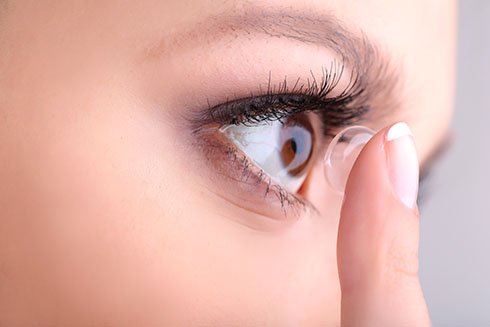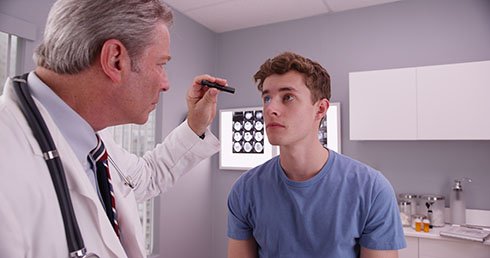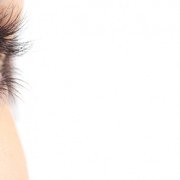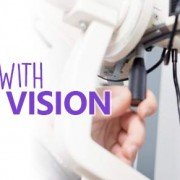10 Bad Habits that Cause Vision Problems
Poor eyesight can be caused by many factors including genetics, age, and environment. In today’s digital world, however, most vision problems are often the result of poor eye care and bad habits.
If you want to maintain your healthy vision for years to come, it’s time to break these unhealthy habits:

1. Too much screen time
Spending too much time in front of your laptop or smartphone greatly reduces the number of times you blink, which is essential for eye cleaning and lubrication. Blinking also stimulates the retina and gives your brain a rest. Prolonged exposure to screen-based devices also causes digital eye strain with symptoms including headache, burning eyes, blurred vision, and disrupted sleep. Severe eye strain can lead to permanent vision problems.

2. Not getting enough sleep
Lack of sleep can lead to eye strain and eye fatigue. Sufficient sleep of 6-8 hours daily helps your eyes recover from a long day of use and provides continuous eye lubrication, which clears out accumulated irritants.

3. Prolonged wearing of contact lenses
The eyes’ oxygen supply is limited when wearing contact lenses. The longer you have them on, the riskier the game. Without oxygen, the cornea swells up and expose a small gap where bacteria can enter, increasing your risk for keratitis and other eye infections. Long-term use of contact lenses can also lead to alterations in the cornea and corneal scarring, which affect vision.

4. Rubbing your eyes often
The seemingly harmless habit of rubbing your eyes can have serious consequences. Aside from the risk of allergic conjunctivitis and eye infections, it can also lead to keratoconus, the thinning and reshaping of the cornea from round to cone, which causes a progressive loss of vision. It can also worsen pre-existing eye conditions such as myopia and glaucoma.

5. Not eating enough food for the eyes
Dark leafy greens contain nutrients like lutein and zeaxanthin, which reduce the risk of macular degeneration and cataracts. Yellow and orange-colored fruits and vegetables are also high in beta carotene, vitamin C, and vitamin E, which are all essential for healthy eyesight. Other food for the eyes include egg, nuts, fatty fish, and other seafood.

6. Not drinking enough water
Dehydration hampers your eyes from producing enough tears, which are essential for nourishment and moisture. Dehydration also causes your eyes to become dry, red, and puffy.

7. Not wearing sunglasses
Overexposure to the harmful rays of the sun can lead to photokeratitis (sunburn of the front surface of the eye), macular degeneration, cataract, unsightly growths on your eye’s conjunctiva, and cancer of the eyelid. Wear sunglasses with complete UVA/UVB protection even on cloudy days.

8. Not using proper lighting
Working in dim light makes it difficult for your eyes to focus and leads to eye fatigue while excessively bright light can cause glare. Make sure your home lighting plan addresses every purpose of your rooms. If you have a home office, for instance, you may need a lamp on the worktable to reduce eyestrain.

9. Smoking
Smoking is linked to dry eyes and various sight-threatening eye diseases, including macular degeneration, cataract, uveitis, and diabetic retinopathy. Smokers are also four times more likely to go blind compared to non-smokers.

10. Not getting regular eye exams
Regular eye exams can detect vision problems and other eye diseases. They can also determine whether you are at high risk for a particular eye disease. Some eyesight problems, like glaucoma, have no warning signs until there is an irreversible loss of vision. If you have not gotten your vision checked yet, start scheduling your regular eye exams today.
Shinagawa Lasik & Center offers comprehensive eye examination. For details and appointment request, visit Shinagawa.PH.










